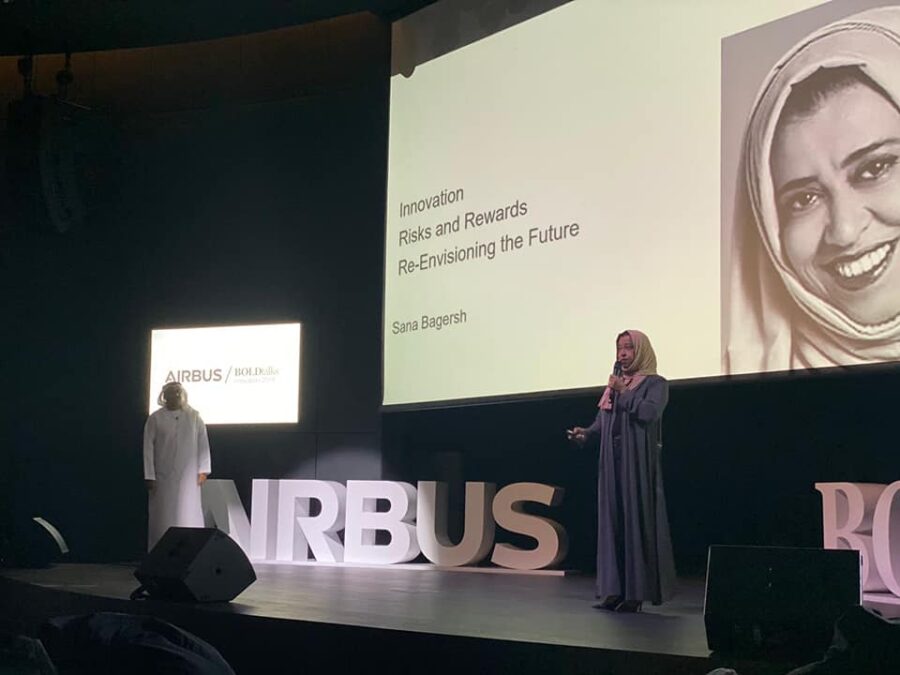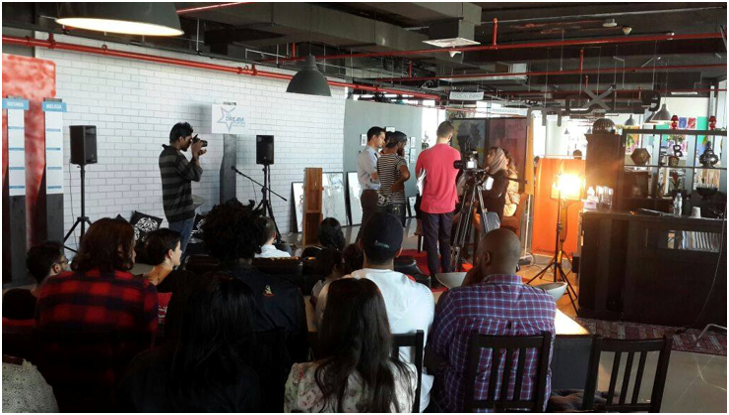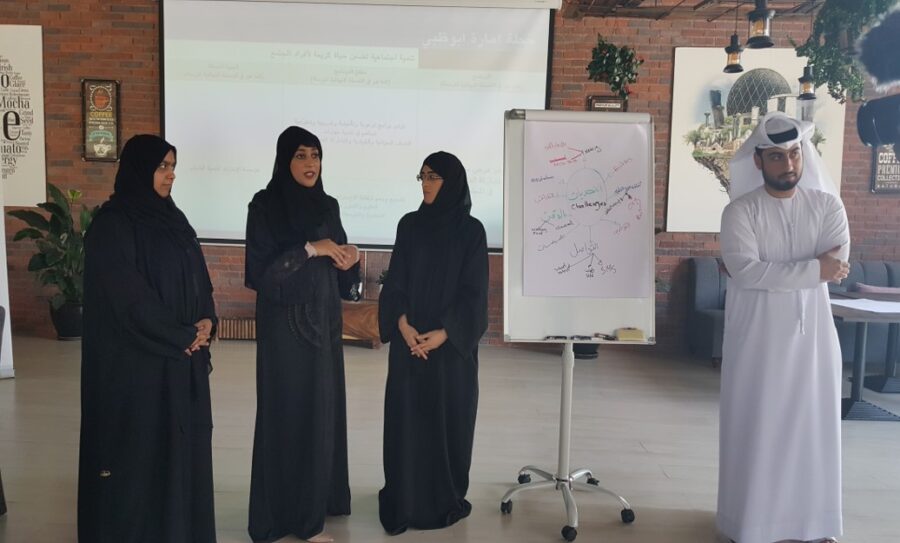A multinational client approached us recently with a request for market research. The client had a sophisticated research platform that they use successfully in North America, and they wanted to replicate the results here. After studying their methodology and the survey form, we advised them (delicately) that they had the wrong survey, the wrong platform, the wrong environment and the wrong audience. We told them that we would be able to deliver the mechanics of the requirement (ie gather the information for them using their tools), but the data would be virtually useless to them.
The client’s survey (a proprietary, “signature” questionnaire) was eight pages long, with complicated rating scale questions (very pleasant, somewhat pleasant, neither pleasant nor unpleasant, somewhat unpleasant, very unpleasant etc….) that needed to be translated into Arabic, Urdu and Farsi…and had to be administered via phone or email across a few markets in the Gulf.
We explained that the cultural, demographic, linguistic, social and indeed, geographical, dynamics of this region required considerable modification to both the survey and the methods of gathering the data.
Eventually, we worked together to deconstruct the “proprietary, signature questionnaire” into simple questions with direct answers, that maintained conformity and integrity across multiple languages. And we mapped out the locations that provided the most representative sampling possible and created a mechanism whereby the data would be gathered at the most productive times.
The one universal truth in market research is that people everywhere do not like to participate in research. They do not like to be called at dinner time by a chirpy telemarketer asking them how they dispose of their household waste, and even less by a clipboard wielding interviewer promising “just a few questions”…
We tried during the market research process with the client to guard against “interview bias,” a problem doubly compounded by the fact that we were dealing cross culturally and in multiple languages. We all know that it is virtually impossible to eliminate bias, but the most important thing is to be aware of these biases and to minimize them as much as possible.
We identified certain biases that we needed to be especially mindful of in this instance. One was “moderator acceptance bias,” and this is where the respondent tells the questioner what he or she wants to hear, another is “leading acceptance bias” and this is where the respondent asks for explanation and the questioner starts putting words in the respondent’s mouth, and most importantly the “misunderstood question bias” and this is where the respondent doesn’t understand the question because of a different interpretation of the question due to the way it relates to his or her cultural and social context.
Most importantly we wanted to keep in mind that when conducting research it is critical to remember that it is all about gaining a deeper and more profound understanding of the respondent by asking the right questions – simply and succinctly. And this means not getting bogged down in process, technology or aesthetics.
Keep on learning. Visit www.unleashmoxie.com for inspiration and knowledge




